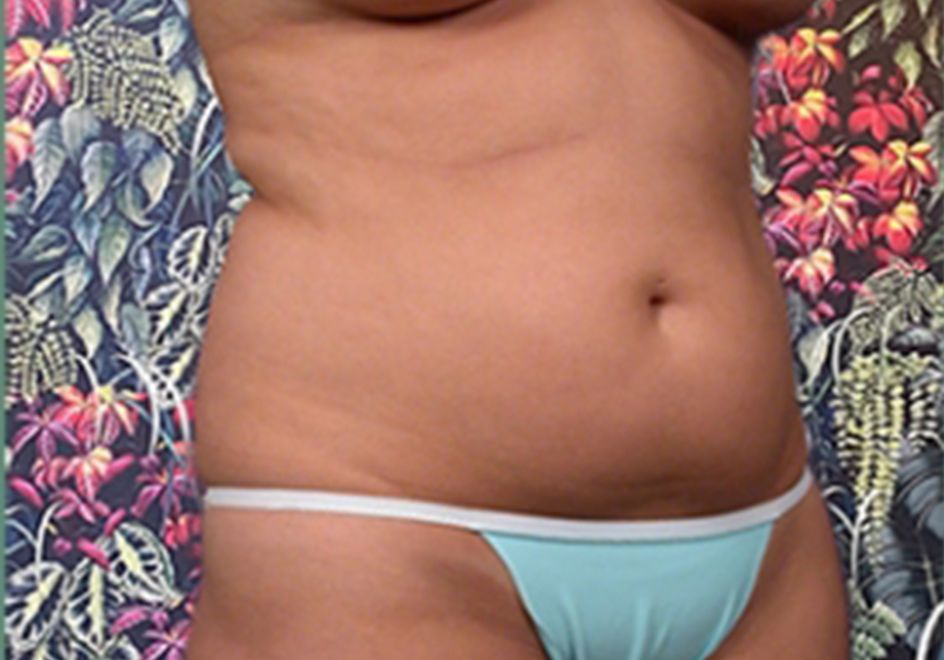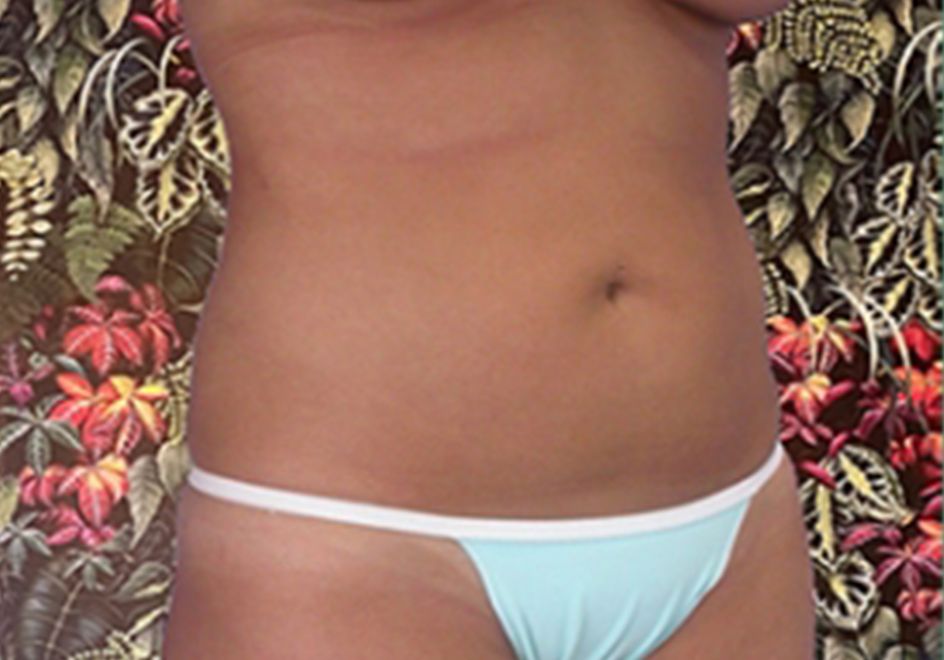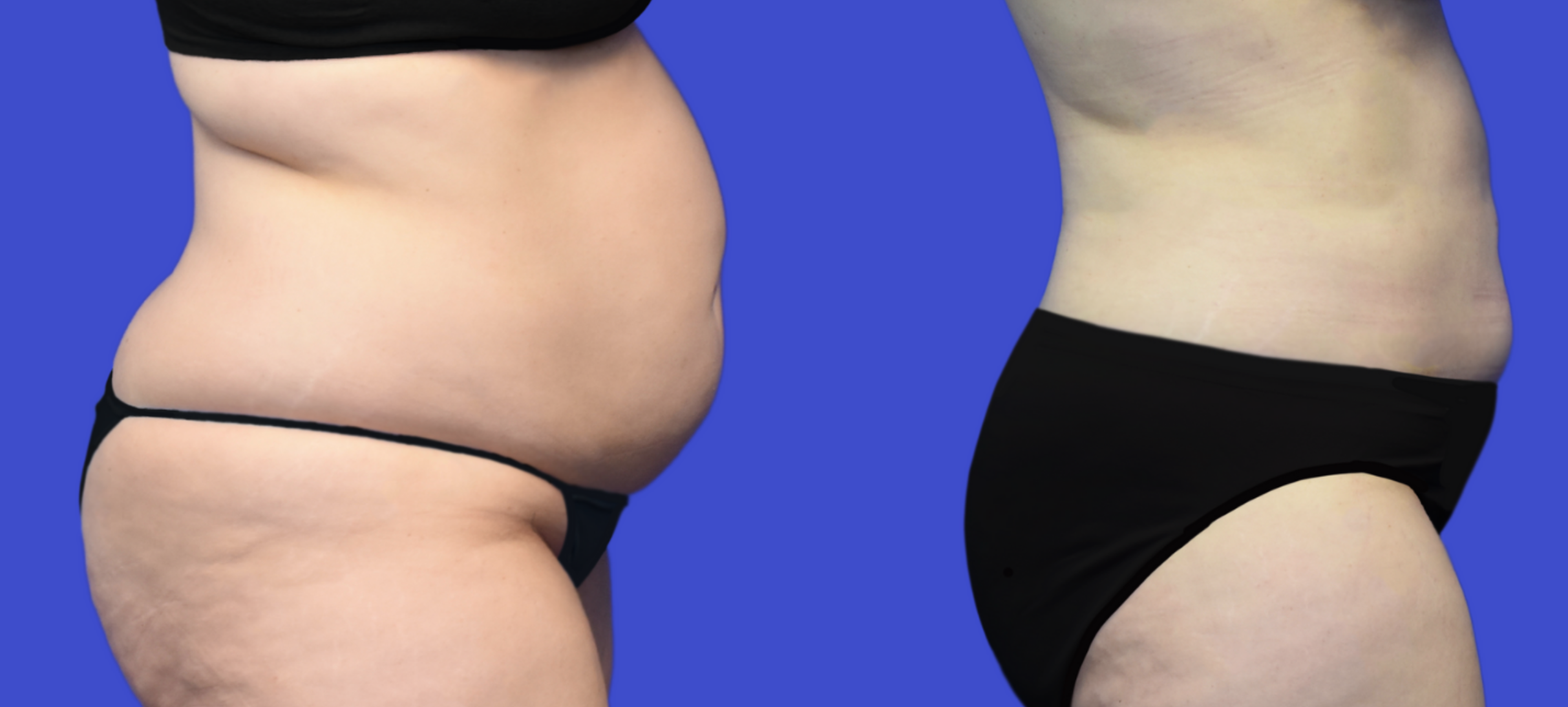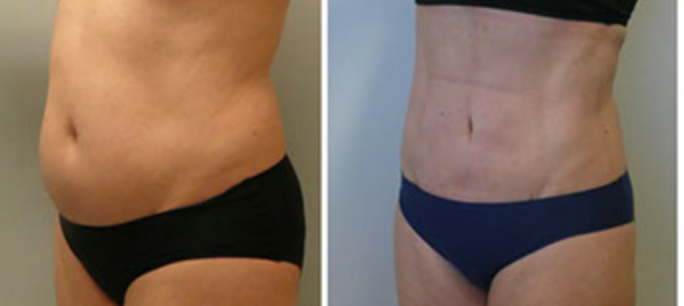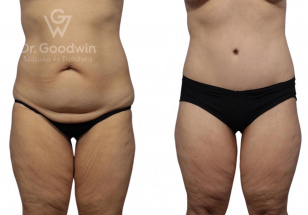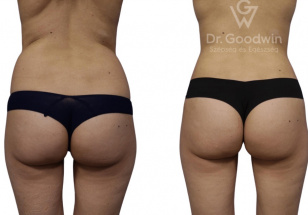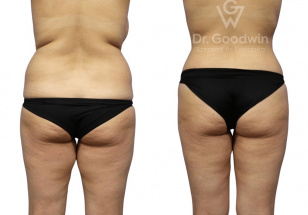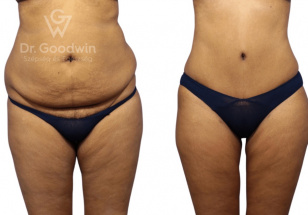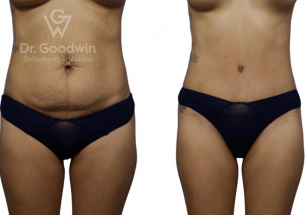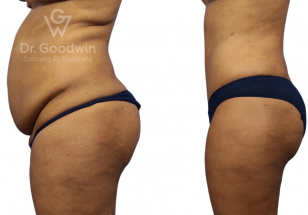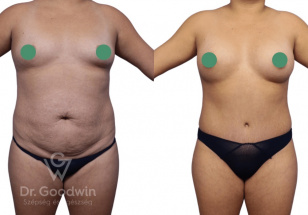Liposuction
Both men and women struggle with excess weight. Layers of fat deposits, so-called "fat pads," accumulate in various parts of their bodies. Many people fight for years, even decades, to eliminate these excess fat deposits because they can alter the contour and appearance of the body, leading to a loss of self-confidence.
At our clinic, the procedure is performed by Dr. Gyula Barna KovÃĄcs, a renowned plastic surgeon who has delivered lectures at several national and international congresses.
The exact price varies by each individual and area. The price of the expert reference consultation is now waived (value: HUF 40,000)
Everybody struggles with a few extra kilos that don't seem to ever disappear. Those so-called fat pads are formed in different parts of the bodies. Many people struggle to get rid of them for years, sometimes even for decades, as the excess fat changes the contour and appearance of the body, and as a result many people lose their self-confidence or their mobility decreases significantly.
According to the International Society of Aesthetic Plastic Surgery, liposuction is the 2nd most popular plastic surgical procedure worldwide, with more than one and a half million procedures performed in 2020. This also means that doctors confidently recommend this procedure, as they have a great routine in it.
It is most often used to remove fat from the abdomen, hips, thighs, arms, buttocks, back, and (around) the knees or ankles. The procedure is "relatively" simple: the plastic surgeon inserts a thin suctioning tube - the cannula- through small incisions and sucks out the fat .
At our clinic Dr. Gyula Barna KovÃĄcs, a certified plastic surgeon, performs the procedure, who has given presentations at several domestic and international congresses.
He is a member of the Hungarian Surgical Society (MST), the Hungarian Society of Plastic, Reconstructive and Aesthetic Surgeons (MPHEST), the Hungarian Medical Chamber (MOK), the European Association of Plastic Surgeons (EURAPS) and the International Confederation for Plastic Reconstructive and Aesthetic for Surgery (IPRAS).
WHAT IS LIPOSUCTION?
When someone hears the word liposuction, they usually think of three areas where this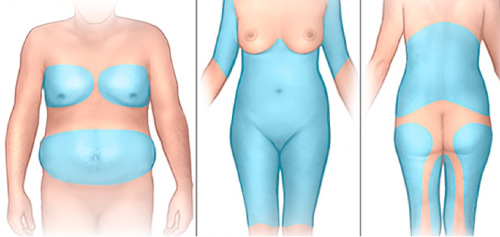 procedure is usually performed: the abdomen, waist and thighs. But in fact, liposuction can be applied to more body parts than this. You can even get rid of your double chin, fat around your knees and upper arms.
procedure is usually performed: the abdomen, waist and thighs. But in fact, liposuction can be applied to more body parts than this. You can even get rid of your double chin, fat around your knees and upper arms.
Important note: although the number of fat cells is significantly reduced during the operation, the results of liposuction are not measured in kilograms, but in centimeters. Therefore liposuction cannot replace weight loss, but complements it. It may happen that additional corrective plastic surgery will be necessary after liposuction, but the plastic surgeon can provide precise information in this regard.
TYPES OF LIPOSUCTION:
- Abdominal liposuction
- Thigh liposuction
- Waist liposuction
- Knee liposuction
- Doublechin liposuction
- Liposuction from arms and upper arms
PROCESS OF LIPOSUCTION
Like most plastic procedures, liposuction begins with a personal consultation between the plastic surgeon and the patient. Here, of course, the patient's ideas and related options are discussed.
FAT BREAKING
Before liposuction surgery the plastic surgeon selects the location of the necessary incisions. In all cases, it is true that the incision is made in the least conspicuous places possible. The cuts are only 2-5 mm in size. During the surgery, a thin tube is inserted through these incisions. Next comes the loosening of the fatty tissue, the fat breakdown, which can be carried out with several techniques. The loosening is necessary so that the fat cells can be removed through the cannula. Once the fatty tissue has been braken down, the fat cells can be removed from the treated area.
WHOM DO WE RECOMMEND IT?
- those ho do not have a significant amount of skin axcess
- people with elastyc-enough-skin
- who has good muscle tone
- those who have fat pads that do not disappear despite diet and exercise
- people in good general health
- those who not severely overweight
- those who do not smoke
WHO DO WE NOT RECOMMEND?
People with diabetes, cardiovascular disease, deep vein thrombosis (DVT) or seizures
BEFORE SURGERY
During the personal consultation, in addition to general information, the plastic surgeon will also disclose suggestions together with the patient, and it will be discussed what results can be expected. The surgeon will administrate the necessary pre-operation tests, and will give information about the course of the plastic surgery, and what to do after the surgery. The date of the surgical intervention is also determined during the consultation.
HOW LONG DOES THE PROCEDURE TAKE?
Liposuction is always performed under general anesthesia. The duration of the operation is usually 1.5-2 hours, this depends on the size of the treated area.
HOW LONG DOES THE EFFECT OF LIPOSUCTION LAST?
The long term effect of liposuction depends on the patient's lifestyle decisions. The extracted fat will not form again if a healthy diet and regular exercise become part of our daily life after the operation.
AFTER LIPOSUCTION
After liposuction, there is a regeneration period. Swelling, bruising and tenderness may occur in the treated area, but this will gradually disappear over time.
Immediately after the operation, the patient must spend one night in the clinic for observational purposes. Suture removal takes place 1 week after the operation. Just like after breast plastic procedures, after liposuction it is also necessary to wear special clothing for recovery. Depending on the surgical area, it is recommended to wear a compression garment for 6 weeks. All kinds of sports should be avoided for at least 6 weeks in order to heal. Depending on the type of work you do, you can return to work after just a few days. In case of physical work more time should be allocated to rest.
- You must drink at least two liters of liquid 2 days after the operation. Even after the two days, be sure to drink plenty of fluids!
- Compressure stockings must be worn for ten days.
- It is recommended to rest for two weeks and avoid sudden movements. Hard physical work should be neglected for about 4 weeks.
- From the third week after surgery, lymphatic massage is recommended in the operated area twice a week. It is best to get it done a total of 10 times.
- For six weeks, the corset must be worn throughout the day, even at night.
- The use of solariums and saunas must be avoided for two months. Direct sun exposure of the treated area is also not permitted.
- As soon as the corset no longer needs to be worn, sunscreen with a sun protection of 50 FPS must be used on the treated area for roughly for another 4 months.
- You can clean yourself every day with neutral pH soap or shower gel. After bathing, it is important to thoroughly dry the treated skin!
- In order to ensure proper wound healing, treat the wound at least once a day, but if necessary even more than once, according to the doctor's instructions. After showering, spray the wound with an antiseptic spray through the adhesive strip. Remember, the adhesive strip does not need to be removed, it needs to be disinfected through it.
- It is recommended to apply black nightshade cream to the operated areas. After applying, put on the corset.
- Medicines prescribed by a doctor must be taken according to the prescribed dosage and for the prescribed period of time.
- During meals, it is worth eating red meat, liver, beans, peas, lentils and rye-bread.
- The 2 weeks following the operation should be spent with rest, avoiding any kind of intense movement. From the fourth week, you can move a little for the first time, but even then, physical exercises should be avoided. Among the types of exercise, light aerobic training, jogging, cycling are allowed. From the sixth week, you can do bit more intensive physical exercise.
After the operation, you must take part in a regular control examination at pre-arranged times: the day after the operation, 7 days, 6 weeks, 3 months after the operation. The plastic surgeon monitors the healing process during the control examination.
MISCONCEPTIONS
Liposuction solves all kinds of excess weight and problems associated with long-standing weight fluctuations.
One of the disadvantages of liposuction is that the change after surgery will be primarily measured in cm, not in kg, so this procedure is not suitable for people who are overweight or have too much deposited fat. It does not replace weight loss, but complements it!
In accordance with this, the results will only last in the long term if the patient follows a healthy diet and lifestyle.
Before and after abdominal liposuction
